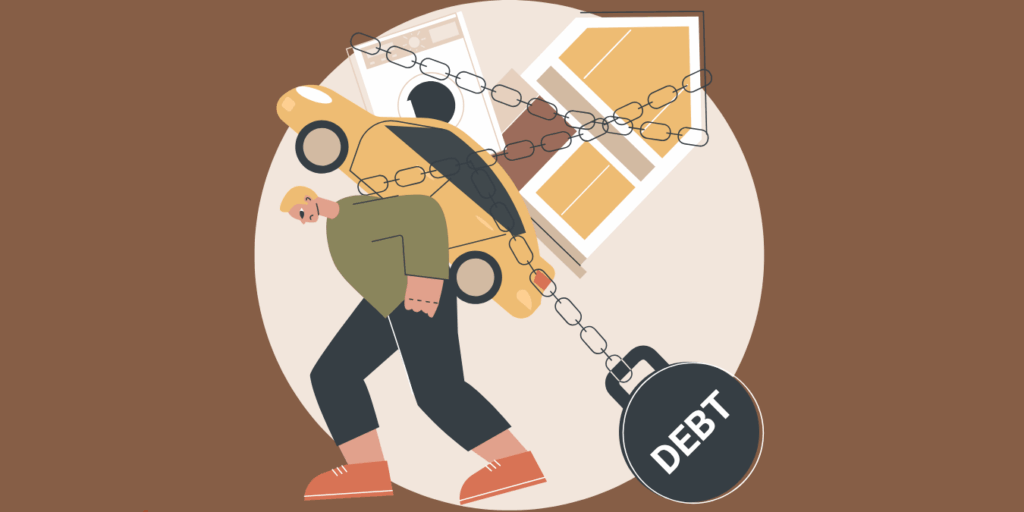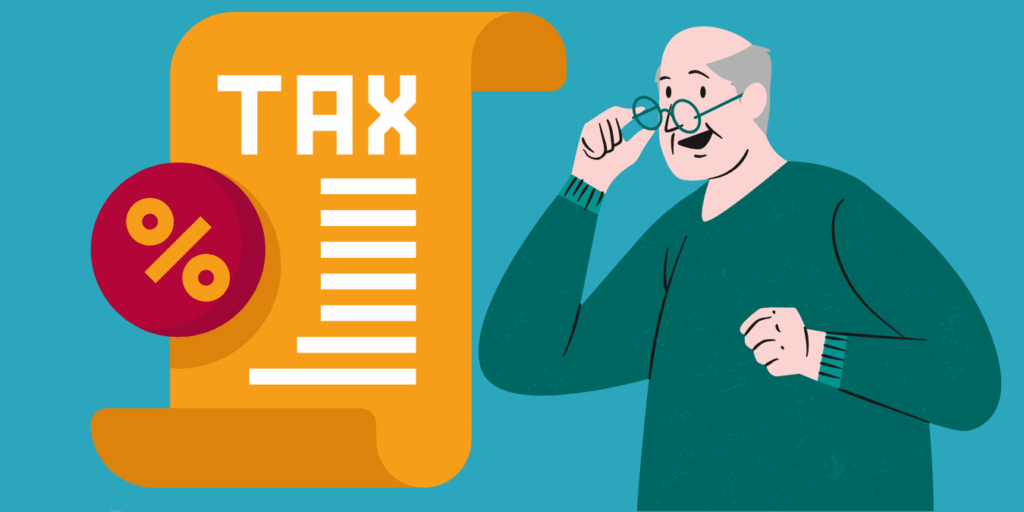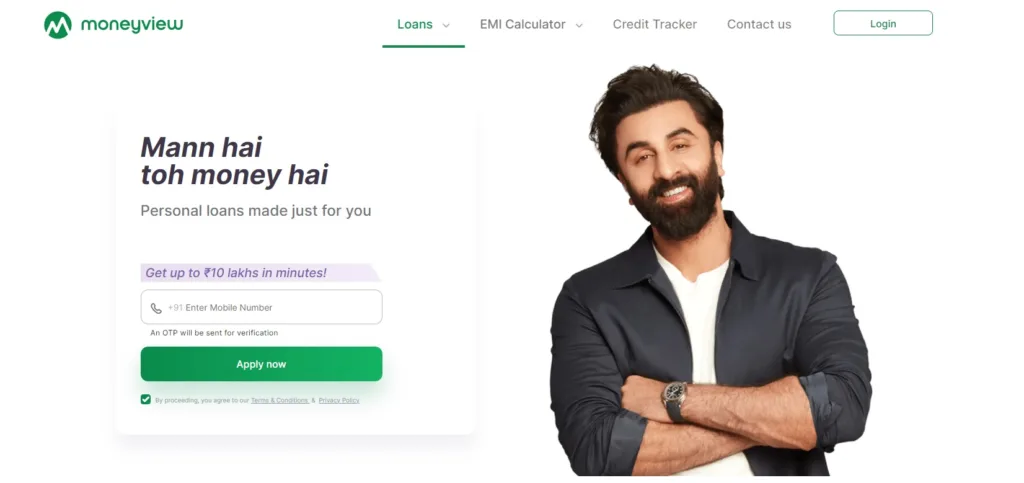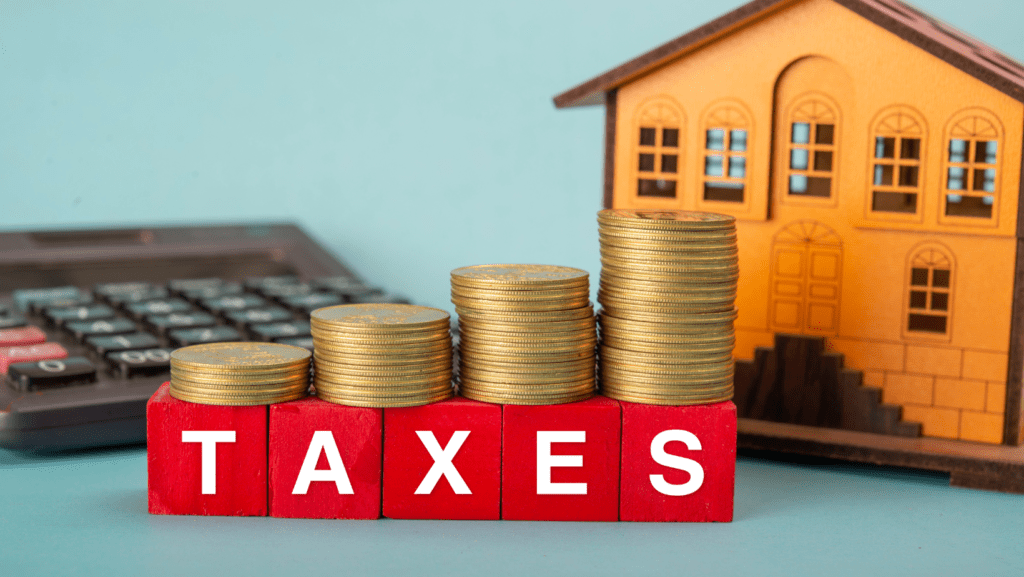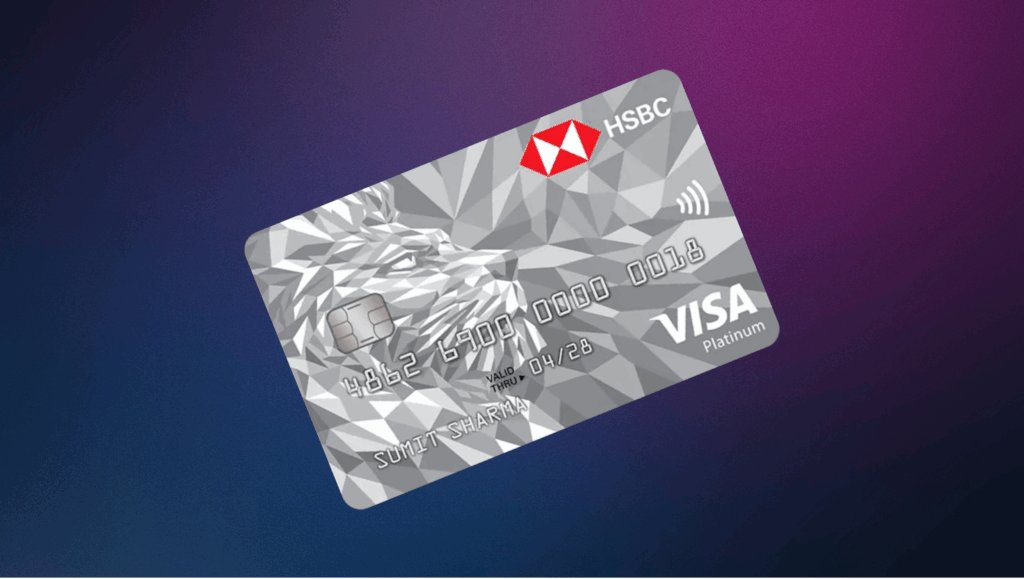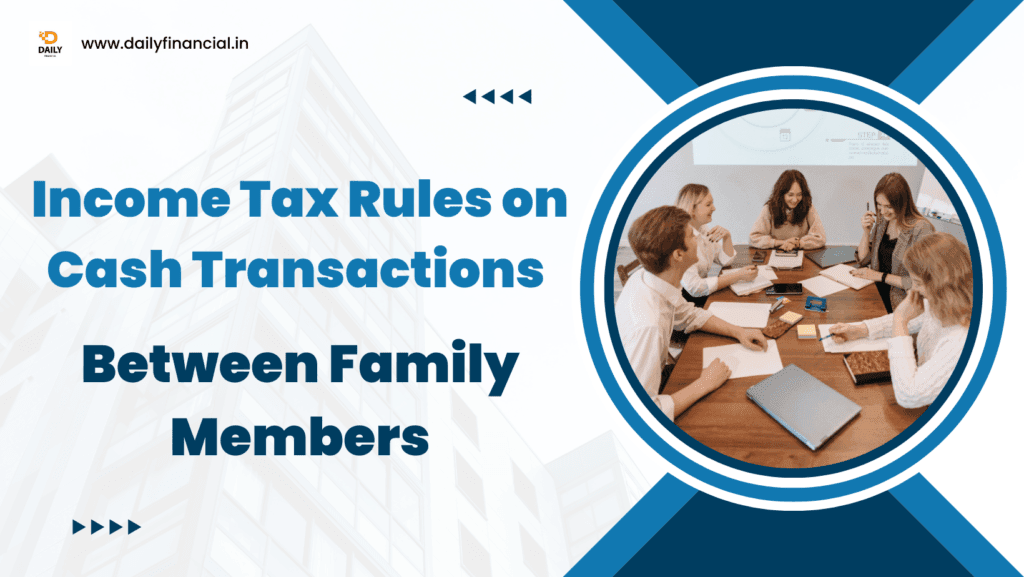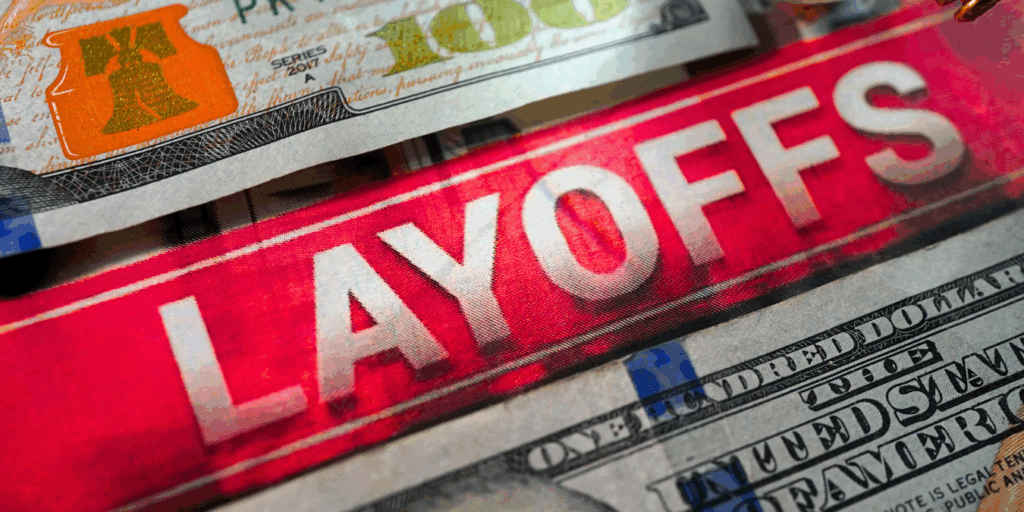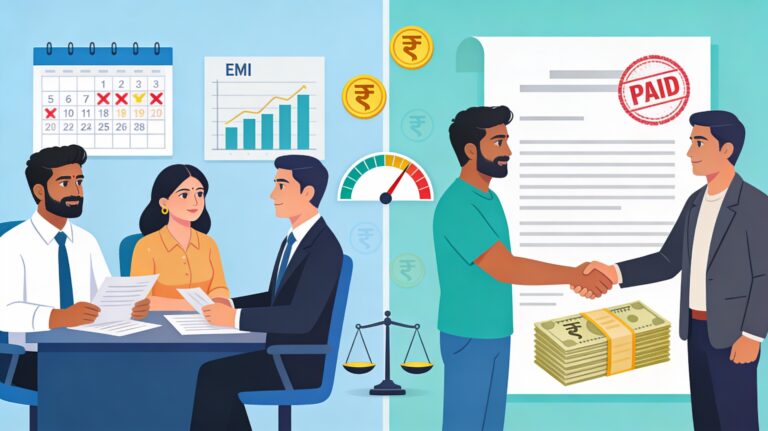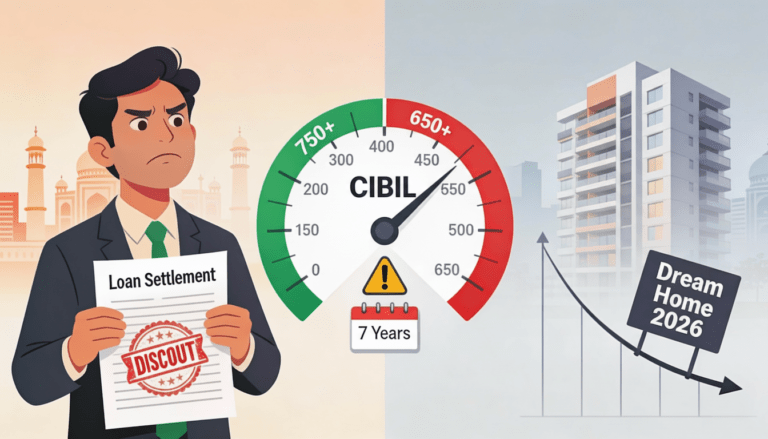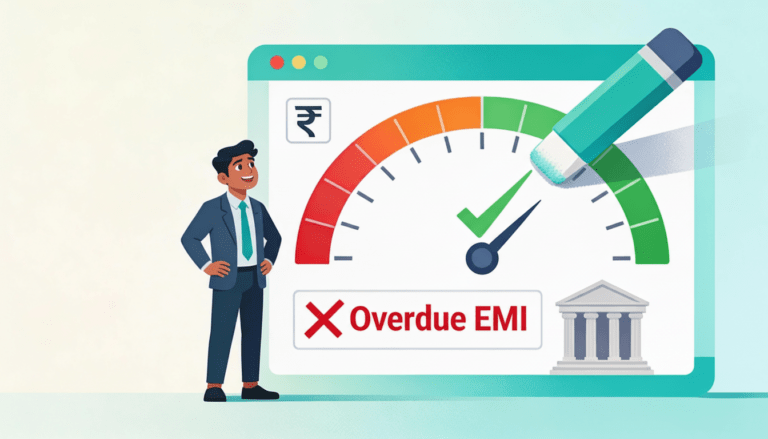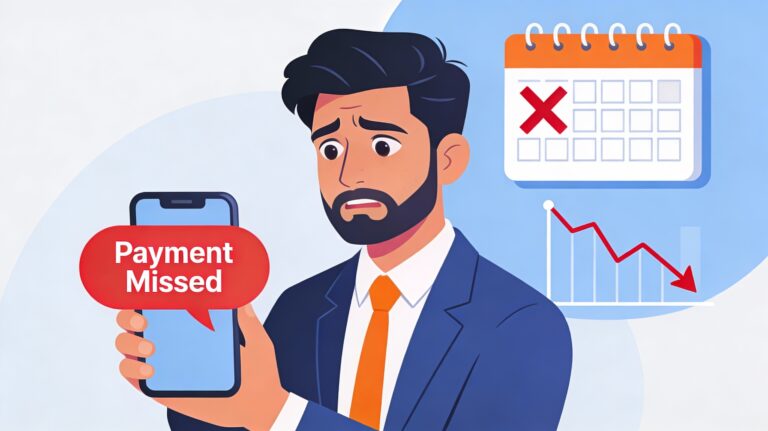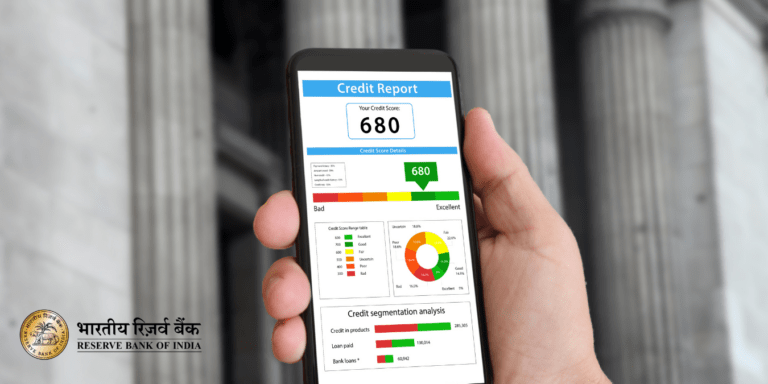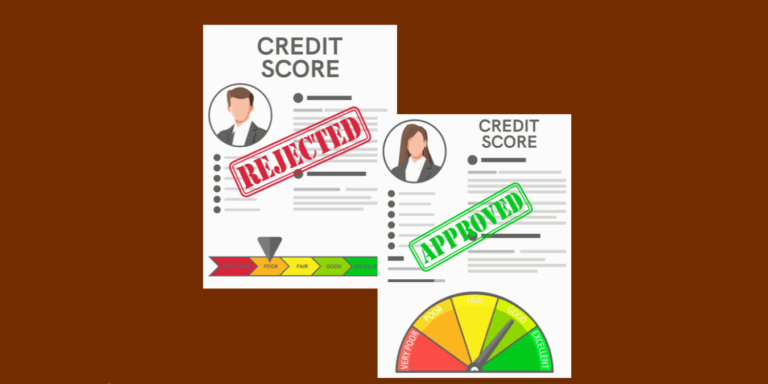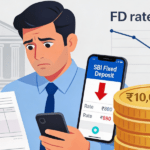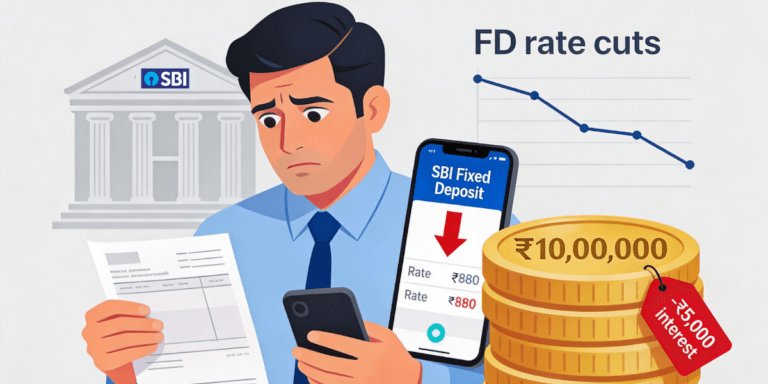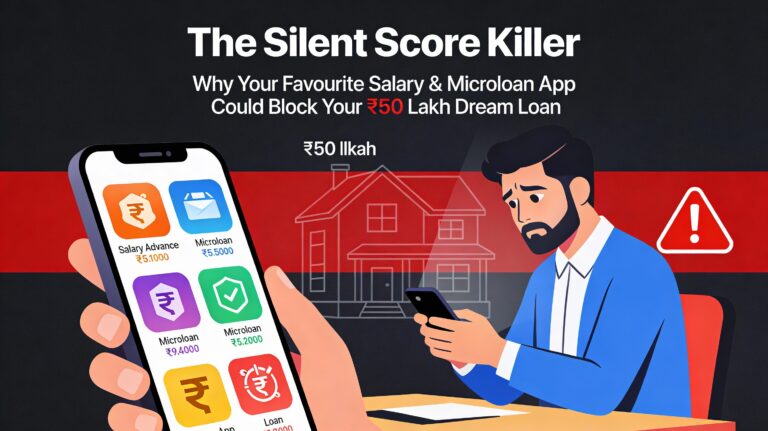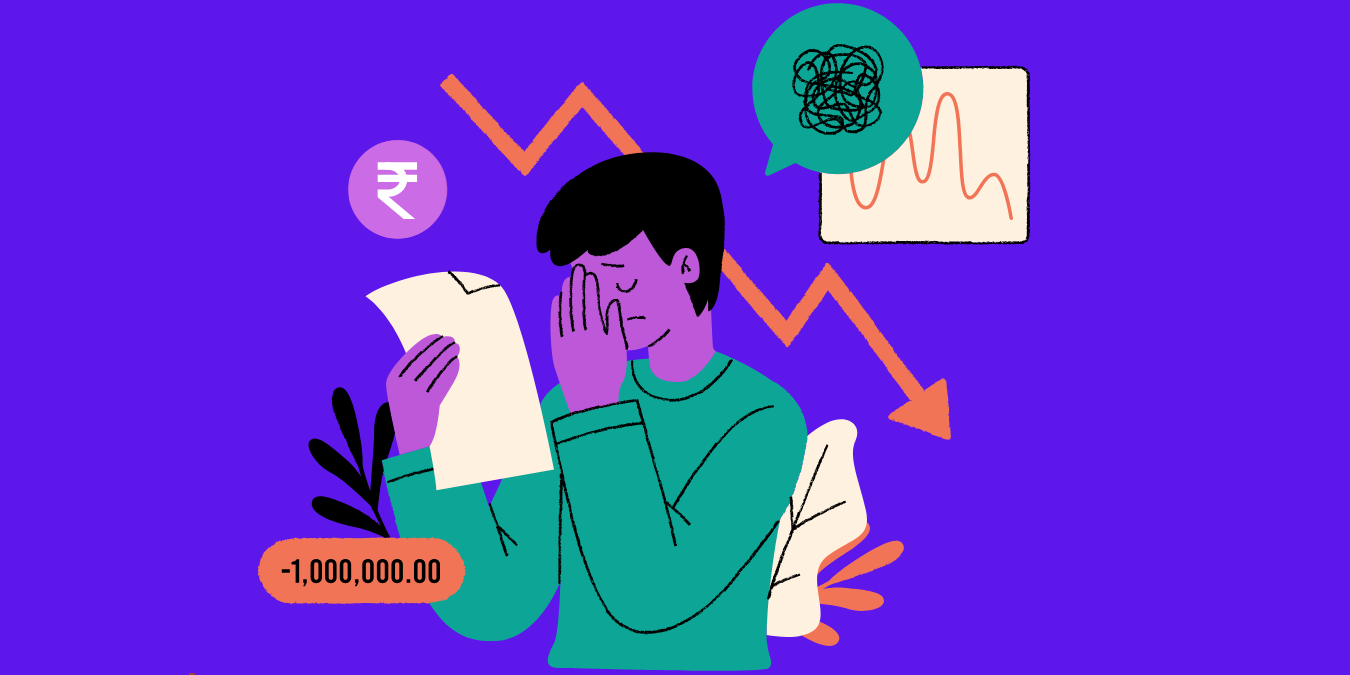
The Shocking Truth: Is the Indian Middle Class Trapped in a Loan-EMI Spiral
Is your dream home secretly turning into a lifetime EMI trap? Shocking truth: Most Indian middle-class families now spend 30-50% of income on loans alone. From hidden credit card debts to personal loan cycles, discover why millions feel stuck—and the smart escape routes nobody talks about.
Celebrating that first home loan approval—the key to your dream flat shimmering in your hands. Now, fast-forward five, ten, or twenty years. You’re still paying EMIs. Meanwhile, everyday expenses, education fees, medical bills, and “small” purchases—often covered with quick loans or credit cards—stack up. Is this the real Indian dream? Or have most middle-class families become quietly stuck in a cycle of endless debt, forced to finance not just aspirations but basic survival? The answers might surprise you—and prompt a rethink on what “success” means for India’s heartland in 2025.
Behind the Middle-Class Façade: India’s New Reality
The past decade has seen the middle class rise as India’s most ambitious demographic. Glossy advertisements urge families to “upgrade your life”—be it through a smart home, future-ready education, or quick personal finance options. But hit pause. Viral discussions on social media now reveal a different, hidden reality: beneath the proud slogans lies a growing anxiety about loan EMIs, debt burdens, and the silent compromises of modern, urban life.
Recent RBI reports and October 2025 financial news highlight that household credit has surged to all-time highs. From Delhi’s NCR flats to Bengaluru’s newly-built tech-townships, more Indians than ever are financing dreams through debt—even as real income growth stalls. This “loan dependency” isn’t just news. It’s become the lived reality for millions.
Dream Homes or Lifetime EMIs? The House-Loan Dilemma
Owning a home remains the ultimate Indian milestone. But what’s the real price?
An estimated 70% of home buyers in urban metros rely on long-tenure bank loans. The average EMI now eats up 30–50% of monthly take-home, as property values and interest rates stay stubbornly high. In October 2025, housing loan rates hover around 9-10.5% across major banks, even as family incomes struggle to keep pace with inflation.
Real-life Example:
Rajiv and Priya, a Mumbai couple in their thirties, took a smart, 20-year ₹80 lakh loan for a mini flat in 2017. As property taxes and maintenance fees rise, most monthly income now vanishes before mid-month. Any festival, medical emergency, or child’s school bill triggers new “quick” top-up loans—each promising relief, but adding to the long chain of dependencies.
The Shock Factor: Even after 7–8 years, the balance principal for most borrowers barely budges, thanks to front-loaded interest structures. That “proud homeowner” moment? Often just the start of a 15+ year EMI marathon.
Personal Loans: Small Amounts, Big Traps
Once reserved for emergencies, personal loans have exploded in popularity—fueled by easy approvals, mobile apps, and aggressive digital ads.
The Power-Word Problem:
Banks and fintechs pitch these products as “smart”, “hidden opportunity”, or “future-ready” ways to manage budgets. But beneath the glossy interface lurk shocking interest rates (15–24%+ annually), short tenures, and strict repayment cycles. Quick approvals often mask complex terms and stiff penalties for late payments.
Trending Insight: The number of active personal loans crossed 12 crore accounts this October, with a 25% jump in small-ticket loans since 2023. New-age workers—especially in IT, services, and startups—use these for everything from iPhones to family vacations, locking themselves into a monthly repayment routine that often outlasts the “joy” purchase.
Credit Cards: Freedom, Until the Shock Hits
Rapid urbanization and digital payment adoption have made credit cards both status symbols and financial stressors.
October 2025 Snapshot:
- Over 10 crore active credit cards in India, with record Rs. 1.6 lakh crore monthly spends.
- Banks push “secret” reward programs and cashback as emotional triggers to boost usage.
- Delinquencies and rolling balances (minimum due payments) quietly rise, triggering compounding interest rates (36%+ per annum).
Real User Story:
Avni, an EdTech manager in Pune, shares her hidden truth on X (formerly Twitter): “I paid only the minimum due for 6 months. Now, I owe more than my original spend. This freedom isn’t free—it’s a trap.”
The Cultural Shift: When Loans Become a Lifestyle
Why has loan dependency gone viral among India’s young, educated, and upwardly mobile?
Key Drivers:
- Societal Pressure: Weddings, festivals, gadgets, and education have become “must-haves”, even if saved money falls short.
- Aspirational Living: Instant gratification promoted everywhere. Buy now, pay later (BNPL) schemes—marketed as “future smart”—blur the line between wants and needs.
- Urban Policy and Real Estate: Sky-rocketing rental rates and poor tenant laws nudge families toward home loans, often prematurely.
- Stagnant Incomes: Private salaries and entrepreneurial incomes have not kept pace with inflation or rising costs.
Hidden Consequence: The middle class is experiencing “lifestyle inflation”—where rising earnings simply enable more debt, not financial security.
Social Media Trends: Viral Conversations, Harsh Realities
If you browse Indian Instagram, Reddit, or WhatsApp groups in October 2025, loan-EMI memes and “adulting” jokes trend daily:
- “My salary is just an auto-debit waiting to happen.”
- “God grant me the serenity to accept my EMIs, courage to pay my bills…”
Beneath the humor, however, young Indians are raising urgent questions: Is this cycle sustainable? How do people save, invest, or retire when EMIs eat half the salary? Where is the hidden exit from this rut?
Economic Impact: Stressed Households, Stressed Economy
The Macro View:
RBI and government reports flag personal debt as a “watchlist” risk. High loan-dependency among India’s working core makes the economy vulnerable to any shock—job losses, inflation spikes, or rising interest rates can trigger mass defaults or spending slowdowns, as seen with the COVID aftermath.
Banks, meanwhile, are tightening lending norms. October 2025 saw major private players raising minimum salary eligibility, stricter credit checks, and limited loan-to-value ratios, especially on unsecured loans.
The Societal Side:
- Growing Mental Health Issues: Financial anxiety has fueled a silent rise in stress and depression, affecting family well-being and productivity.
- Dropping Savings: National savings rates have fallen below 23%, a historical low for India’s middle class. Most families now hold less than 3 months’ emergency funds, making them vulnerable to sudden shocks.
Future Shock: What Happens Next?
If the current trend continues unchecked, India’s middle class faces a potentially brittle future:
- Delayed Retirement: EMIs for homes and vehicles often extend into late middle age, forcing many to work longer.
- Low Upward Mobility: With income tied up in debt repayment, options for investment, new businesses, or children’s futures diminish.
- Systemic Risk: A credit bubble, if left unsupervised, could trigger broader economic shocks—echoing lessons from global crises.
Smart Moves: Hidden Pathways to Break the Debt Cycle
Yet, not all hope is lost. Viral stories of resilience and change are emerging, offering a smart way forward:
Quick Takeaways for Middle-Class Families:
- Prioritize Needs vs. Wants: Regular financial check-ins help identify wasteful EMIs versus genuine needs.
- Opt for Shorter Loan Tenures: Higher EMIs for shorter periods mean less interest outgo—and early freedom.
- Emergency Fund First: Before taking new credit, build 6 months of living expenses as your secret cushion.
- Financial Literacy: Leverage October 2025’s buzzing ecosystem of web classes, government portals, and fintech tools dedicated to consumer finance.
- Refinancing and Balance Transfers: Smartly using bank offers can cut total interest paid over time.
Trending Example: The DIY Debt-Free Challenge
On Instagram, #DebtFreeJourney2025 has drawn thousands of Indian users sharing tips, success stories, and “payoff” milestones, turning individual struggle into viral, community-powered empowerment.
Expert Voices: What Financial Planners Are Advising
October 2025 sees Indian money experts, from Saurabh Mukherjea to CA Rachana Ranade, stress a few consistent rules:
- Minimum 20% home loan down-payment.
- Never let total EMIs cross 40% of household income.
- Avoid parallel personal loans and credit card debts.
- Invest (SIPs, PPF, etc.) before upgrading lifestyle.
- Discuss finances openly at home—break the taboo.
Their takeaway: It’s not “un-Indian” to live modestly or delay gratification. Choosing a future with less debt is, in fact, the smartest form of self-care.
Hidden Dangers: The Stigma of Talking About Debt
Society still treats personal debt as a private shame. Discussions remain hidden—fueling denial, blame games, and toxic comparison. Only recently, with viral confessions online, have real stories begun surfacing, unlocking honest conversation and collective problem-solving.
The Emotional Trigger:
Every “loan success” post online hides untold stress, marital spats, or even family splits. A shift in narrative—from loan celebration to practical money talk—can bring hidden wounds into the open, enabling healing and smart choices.
Key Takeaways: Breaking the Loan-EMI Spell
- The real middle-class dream now risks becoming a permanent EMI burden.
- Social media is driving open, often viral, conversations on debt stress, mental health, and new ways out.
- Financial literacy, short loan tenures, and modest living are emerging as quick and hidden “smart” fixes.
- Economic policies, employer support, and honest family talk are critical for future security.
Final Thought
Could your dream home or the next “quick” purchase become the EMI that secretly shapes your entire life? As Indian social feeds explode with stories of people stuck in debt traps—and a growing chorus dares to openly question the cycle—one thing is clear: the old rules of middle-class success are evolving fast. Are you making smart, future-ready money moves, or are you unknowingly fueling a hidden financial storm? The shocking truth is, most of us won’t realize the lasting impact of today’s choices until it’s too late. Open your eyes, join the new conversation, and unlock the secret roadmap to real financial independence.

